What is group facilitation? 12 tips for better group management
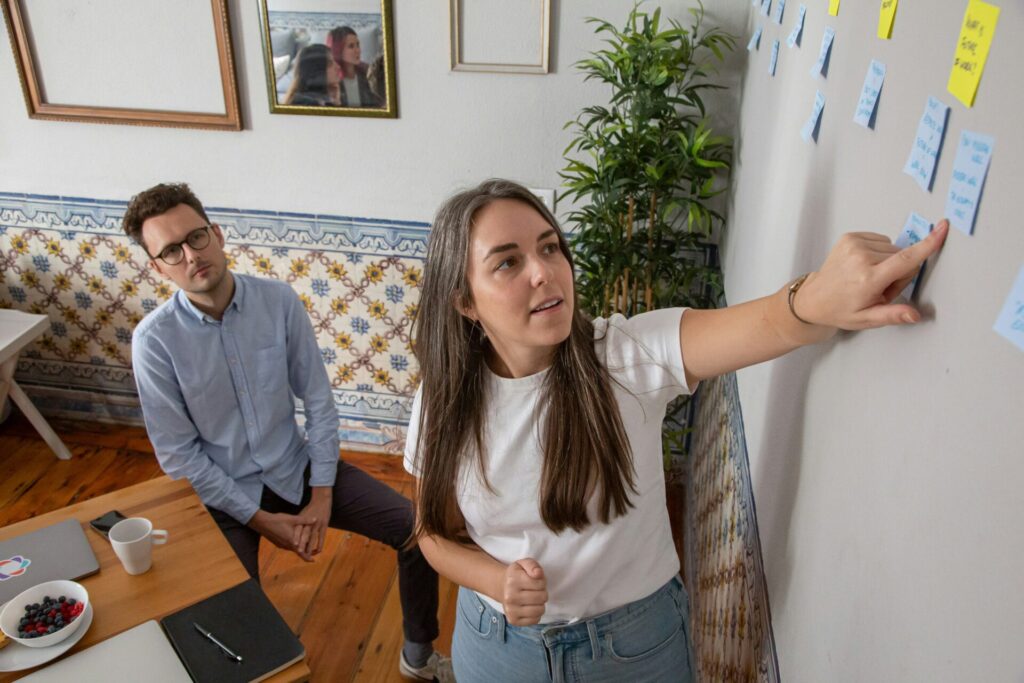
Group facilitation is more than just bringing people together in a room and hoping for the best. It’s about removing obstacles and creating the right conditions where collaboration can thrive.
When a meeting or event flows well, it can feel like magic. But it actually isn't: you can easily improve your day-to-day meetings or stakeholder events by applying some simple group management tips.
In this article, we’ll explore what makes group facilitation effective and share 12 tips to help you bring out the best in any group you’re working with.
What is group facilitation?
Whenever a group of people assembles to get something done, there is a need for guidance and organization.
Group facilitation refers to the craft of helping a group achieve a common goal. The goal might be realizing a project, creating a shared strategy document, or learning something new together.
Accompanying a group to define and achieve their goals is the job of group facilitators. One aspect of this role is project management, which may include familiar tasks such as defining steps and setting deadlines. Another aspect has to do with creating conditions conducive to good collaboration, which is typically the goal of a process-oriented facilitator.
To understand more about what facilitation is and how it can help your team or organization achieve its objectives, we’ve compiled a guide to what is facilitation.
What is a group and what is a team?
A group and a team might seem like the same thing, but there’s an important difference. A group is a collection of individuals who share a common interest or purpose but work mostly independently. A team, however, is a group that has become a unit, collaborating closely and working toward shared goals. In a team, a successful outcome does not only depend on individual efforts, but also on how those efforts come together.
A facilitator helps turn a group into a cohesive team by creating alignment and clarity. They guide the group in defining a common purpose, ensuring everyone understands the shared goals. The resulting work can last a long time, but can also be a temporary team, lasting only the duration of a 3-hour training session.
When does a group process need facilitation?
My first answer to this is going to be “always”. As long as the group has a purpose it wants to achieve, facilitation will help.
Suppose you are just hanging out with your friends. In that case, facilitation might be optional—although I’ll still make an argument that some facilitation skills might help improve even an unstructured evening with friends (for example, by removing unnecessary friction about which restaurant to pick for dinner).
Note that I am talking about a group needing facilitation, not necessarily needing a facilitator. A facilitator is a person dedicated to the task of facilitation, usually someone appointed externally.
You should also consider hiring an external professional if your session or gathering has elements of complexity, such as:
- a numerous group (over 20 people);
- participants with different, even conflicting interests;
- members of the group do not know one another (yet) and/or come from very different backgrounds;
- the timeframe for decisions is tight, decisions are risky and complex.
For general day-to-day business, on the other hand, a group still needs facilitation, but this can be interpreted as a role to be distributed among group members and taken on by the collective. You might, for example, have someone time-keep and another person take notes on the meeting.
By including facilitation in your day-to-day workflow you can ensure productivity, a better agenda, and better relations all around. Let’s look at 12 facilitation tips that will help you become a better group member or leader.
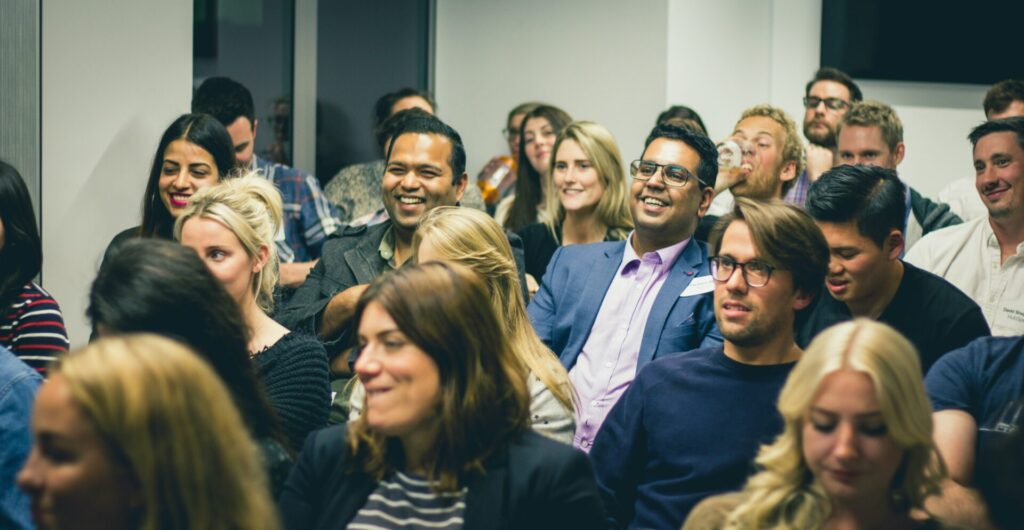
12 group facilitation tips
Facilitation is an endlessly creative process, where there is always something new to learn and experiment. Creating activities and agendas to fit the particular needs of a specific group at a certain time is part of what keeps our work fresh and innovative at every turn.
Having said that, certain rock-solid processes or tips can apply to any group facilitation, anywhere. Here are 12 group facilitation tips you should always keep in mind, whether you are just starting out or a seasoned pro. Next time you need to lead a session, try out these methods and mindsets to improve the levels of collaboration in your team.
We’ve included 5 practical tips to get you started, as well as 7 tips that have more to do with the mindset of a great group facilitator.
5 practical group facilitation tips to get started
Before getting into the skills and mindset of facilitation, let’s see what can be achieved in practice by adding just a few activities and processes to a standard meeting. Here are 5 beginner-friendly group facilitation tips you can easily apply with any group
These tips are guaranteed to improve the flow of a meeting process whether you are in the room with an established team, online at a webinar, or in any other situation a group gathers!
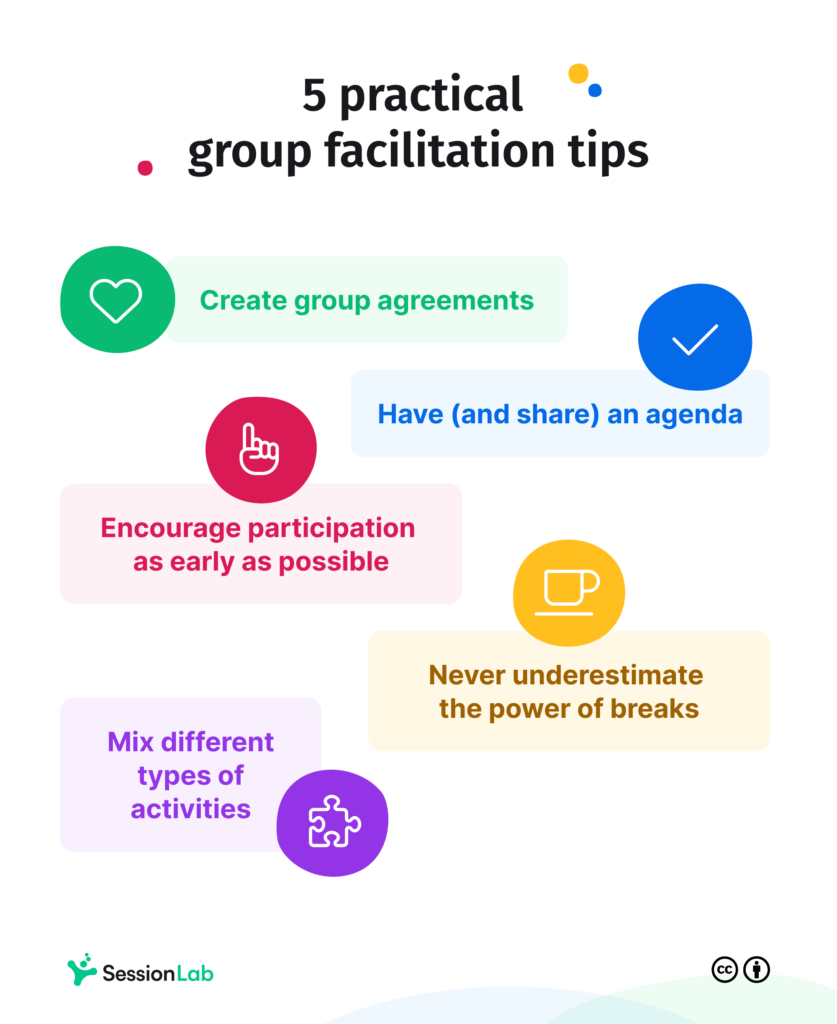
Create ground rules
Any time a group gathers to get something done, it will create its own culture. This is simply a fact of how we work together as social beings (and a good reason for facilitators to be interested in anthropology). You can pick up signs of this micro-culture everywhere: what do people in this group wear? What kinds of jokes do they make? What is acceptable and what is not?
As group facilitators, we leverage the culture-creation aspect of a group gathering by making it more explicit and intentional. We do this by asking the group members to reflect on what kind of a culture they hope to create together. What is conducive to their best work?
Ground rules, also known as group compacts or group agreements, are a written document in which the group, aided by a facilitator, spells out behaviors it wishes its members to adhere to for the time they are together.
No matter how short the session you are facilitating, creating ground rules is a guaranteed way to make it flow better. If you are short on time, prepare a generic draft and submit it to the group for approval. “Respect”, “confidentiality”, “punctuality”, “phones silent (if in person)”, “video on if possible (if online)” are some classic examples of what you’ll want to see there. If you have more time, or you’ll be working with a team for a series of sessions, craft those agreements together.
All collaborations require connection. Harnessing diversity requires inclusion and belonging.
Adam Kahane, Facilitating Breakthrough – How to Remove Obstacles, Bridge Differences, and Move Forward Together
To write down these tips, I’ve been thinking about the session I’ve most recently facilitated, a networking and upskilling day for high school teachers. What elements did I introduce to the agenda in order to create an atmosphere conducive to learning, positive interactions and, ultimately, change?
Many things I did were quite simple. As participants arrived, I had a coffee break set up to welcome them (see below “Never underestimate the power of breaks”). Once we were gathered, I and my cofacilitator Rossella had planned a 30-minute slot for introductions and opening activities. I went through some simple group agreements, then pointed to a whiteboard where I had written out the agenda for the day.
Having an agenda is essential to the facilitation process. Facilitators are famously improvisers, but still need a structured plan to improvise upon. Agenda design is a key skill of group facilitation; to read more about this you might want to check out SessionLab’s complete guide to planning a workshop.
Sharing your agenda with participants early in the process fulfills a basic need for clarity and safety in the group. Now, every participant knows what will be expected of them in terms of style of participation, thanks to your group agreements, and in terms of time to dedicate to the event, thanks to the agenda. Keeping the agenda visible throughout the session keeps you, and the entire group, accountable for time management.
In SessionLab’s agenda planner, you’ll find a great ally for agenda design and sharing. This is the go-to place for group facilitators to craft sessions, and includes a variety of customizable options for how to share your plans with clients and participants. To start a group facilitation session, you can share a QR code, or share your screen, pointing attendees to the key elements of the agenda (such as the timing and title of each activity block).
Encourage group members to participate as early as possible
The earlier people are encouraged to make their voices heard, the more likely they will be to intervene later. This is a key tenet of online facilitation, in which a good guide will encourage participants to check in using the chat as soon as they join the call, and holds just as true for in-person facilitation.
There are numerous ways you can encourage participation as early as possible. Which to choose depends greatly on the amount of participants, the location (online, offline, hybrid) and the style of your gathering. Here are some classic examples:
- Invite a tour de table, asking everyone to introduce themselves briefly. Do set clear boundaries for this, or introductions can take a very long time. I’ll typically ask for name, organization, and “what brings you here today?”. Model how long this should take by starting yourself, and if you are worried about a round taking too long, have everyone stand up!
- Ask a check-in question and have people share in turns. If you are short on inspiration, here is a list of over 200 ideas of what to ask.
- Online, start meetings and webinars with a chat waterfall. Simply ask everyone to use the chat as a check-in, and read out some answers as they arrive.
- Impromptu networking is a wonderful method from Liberating Structures, taking the form of an invitation to quickly chat with a couple of attendees and start making those precious connections.
Never underestimate the power of breaks
The apparently trivial matter of a coffee break can be a group facilitator’s ally in many ways. Wondering how to best welcome participants and set the tone? Make sure they find refreshments upon arrival. Getting a sense that the group is overtired, with conversations going around in circles? Take a break.
Breaks should be included in your agenda about every hour and a half, but a good group facilitator knows that it’s best to anticipate the break, or call for a quick 5-minute breather, whenever it feels appropriate.
A break can be an amazingly effective way to defuse tensions and allow everyone to return to the session refreshed and ready for a change of perspective. Seemingly intractable problems sometimes dissolve with a breath of fresh air.
Mix different types of activities
A major challenge when facilitating a group is figuring out how to create space for contributions coming from many different kinds of people. Some of us enjoy quiet thinking time, others get their best ideas from conversation. For some people, speaking in front of the whole group is second nature, while for quieter participants it may be much preferable to express thoughts in writing. How do you, as facilitator, cater to all these different needs?
The good news is that it doesn’t have to be complicated: all you need to do is make sure, when designing your agenda, that you have made space for many different ways to contribute.
A classic, evergreen way of doing this is by using the Liberating Structure 1-2-4-all. This means asking a question of the group then giving first some time for individual reflection, then for conversation in pairs, discussion in small groups and, finally, sharing insights in a plenary. 1-2-4-all is a perfect example of how group facilitation activities can create space for different types of personalities to contribute.
Giving people some time to write ideas on sticky notes before reading them out loud and clustering them on a board is another classic facilitation technique. This allows both those who appreciate quietly writing out ideas and those who prefer an animated discussion to bring their voice to the table.
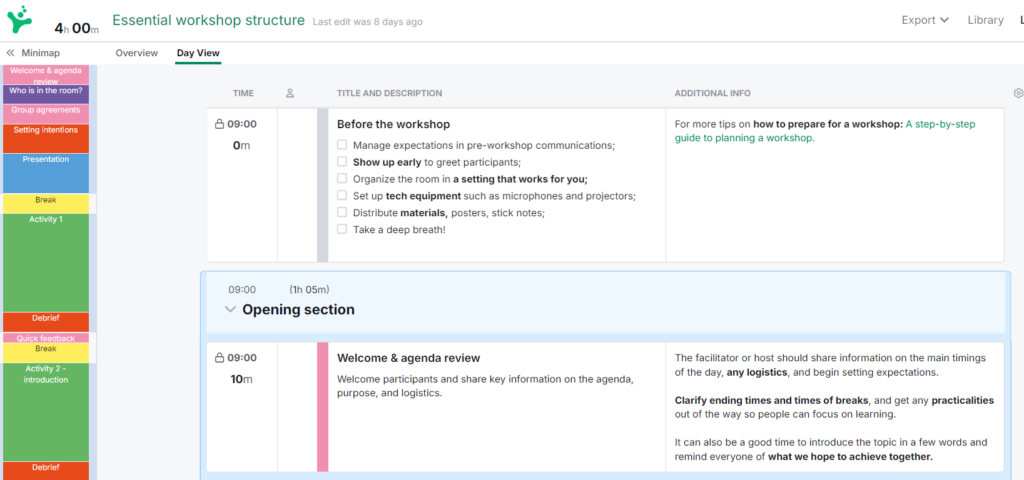
You can find a ready-to-use flow for a workshop that integrates these top tips among SessionLab’s collection of templates. This essential workshop session includes all the building blocks you need to start off with group facilitation on the right foot, with space for check-ins, group agreements, debrief activities, discussions in small groups and, of course, breaks!
7 ideas to keep in mind for great group facilitation
The five tips above should give you enough to go with to start designing and leading your first facilitated sessions. Besides practical tips though, there are also some more general concepts that it’s good to keep in mind to make sure your sessions are engaging, meaningful, and help drive the group forward.
Here are 7 ideas I find important when designing and leading group sessions. If you have others to add, use the comments or join the conversation in SessionLab’s friendly community!
Connection before content
Trainers and learning facilitators will always tell you to put connection before content. People need to feel comfortable enough in their surroundings, and clear about their reason for being there, before they can effectively absorb new information or contribute new ideas.
In practice, putting connection before content is often as simple as having a round of check-ins before starting a meeting, or asking for expectations before a workshop. Impromptu networking is a great method to create connections, including in large groups and/or online.
Make the process explicit to the whole group
When it comes to group facilitation, transparency is key. Making the process explicit means letting participants know what to expect at each stage of a session. This clarity helps people feel more comfortable and confident, knowing what’s coming next and why. It also demystifies the facilitator’s role, turning what might feel like an unfamiliar process into something the group can engage with fully.
Sharing your plan at the start is part of this mission, and so is explaining the purpose (the “why”) behind each activity, as well as clarifying to participants which part of the workshop process you are currently in.
It’s a simple shift that builds trust and invites everyone to be active participants in the process, rather than passive observers.
A skilled facilitator will occasionally narrate the day back to participants as the hours pass: “This morning we started with brainstorming, and collected so many different ideas; now we are going to change gears and prioritize those ideas, as we want to reach a shortlist of three before the break”.
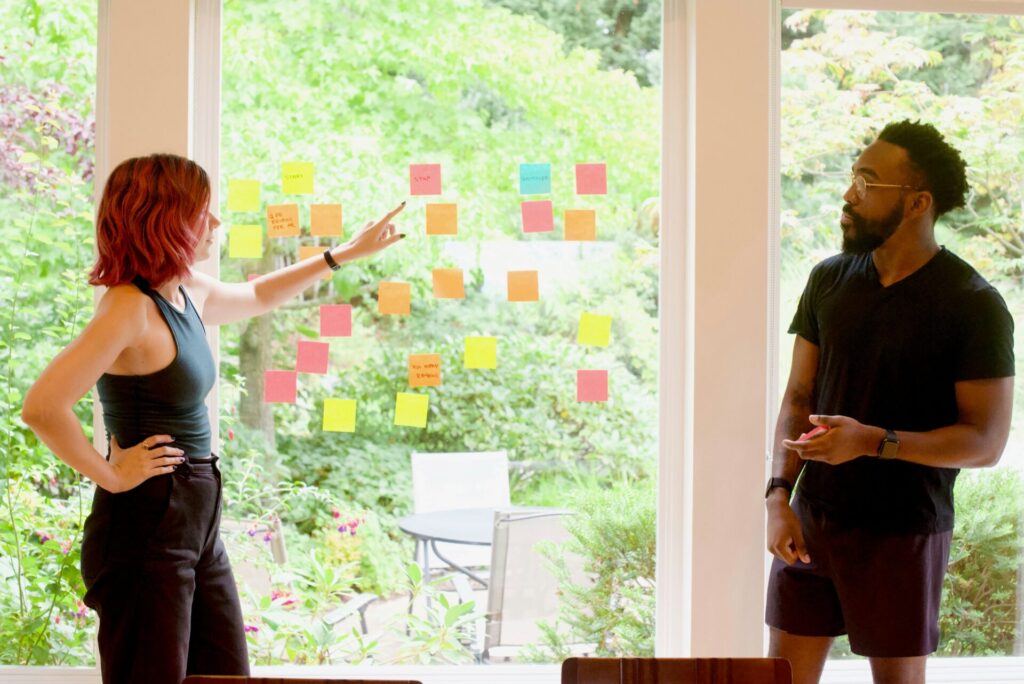
Image courtesy of parabol.co
Balance attention to each group member and to the whole
The facilitator role includes balancing the needs of the whole group with those of each individual. The group’s goals and progress matter, but so does making sure that every participant feels seen, heard, and valued. This balance can be tricky, but it’s essential for maintaining both momentum and morale.
In practice, this might look like managing time so that everyone has a chance to share their thoughts, while also keeping the group focused on the collective goal. Having someone assist with co-facilitating a session is particularly useful in case any one person needs some extra attention or just a side conversation during a break.
Reframe troublemakers as message-bringers
In group facilitation, what some might label as “troublemakers” can actually be seen as valuable contributors. Often, those who challenge the process or raise difficult questions are highlighting issues or needs that others in the group might also be feeling. Thinking of these individuals as message-bringers can shift the dynamic from conflict to curiosity.
Reframing a person who strikes me as “difficult” as a messenger was a key learning for me early in my career. Is the session not responding to their needs in some way, are they pointing to something that would benefit the whole group, and how can I adapt to this? Sometimes, finding out what message they are carrying might require a separate, 1:1 conversation. In many cases, assigning a clear role to those apparent troublemakers, such as helping out with facilitation, can give their energy a more constructive outlet.
Be aware of the local culture
Group facilitation isn’t one-size-fits-all, and being aware of local culture is crucial to guiding a group effectively. Cultural norms influence body language and personal expression, from how people communicate, to who gets to speak (and for how long), to how participants respond to authority. Therefore, facilitators need to be sensitive to these dynamics. What works well in one setting might not work at all in another.
To adapt to local culture, it’s important to observe how the group interacts and adjust your approach accordingly. Group agreements definitely help make assumptions explicit; I once ran a series of workshops in Sicily where we agreed to spell out on a poster at the entrance that “This is what we mean by punctuality: we will start 20 minutes later than the agreed starting time” (yes).
Being aware of local culture could mean changing how you frame questions or make eye contact, adjusting the pace of activities, or being mindful of when silence means contemplation versus discomfort. If you find yourself misunderstanding body language, for example, you might need to ask what people intend to communicate or check in on how they are feeling. A little cultural awareness goes a long way toward creating a space where everyone feels comfortable participating.
If you are working in a culture different from your own, the best tip I can give is to cofacilitate with somebody local: the combination of an outsider and an insider perspective can make for truly great insights!
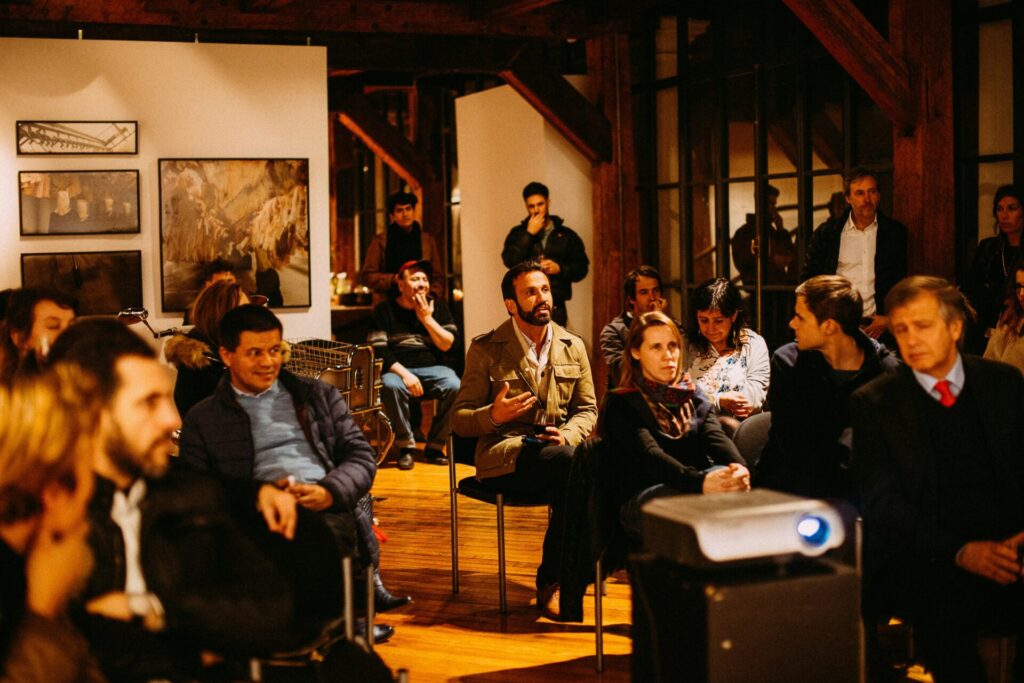
Pay attention to power imbalances
It is not necessarily the facilitator’s job to redress or change power dynamics, but it’s certainly part of the job to be aware of them. In a hierarchical context, such as a business setting, it’s perfectly fine to give more time to the leader or CEO, and in decision-making workshops it’s common for a team leader to have the final word over assignments.
Keeping that in mind, it can be beneficial for the group’s development to have the facilitator champion quieter voices and make sure they are heard. Do people dare express their own ideas? An effective facilitator will find a way to encourage people to contribute without compromising their sense of safety.
In more horizontal settings, such as a volunteer group, good group facilitation might imply making hidden power structures visible and checking if they are serving a purpose (e.g. seniority in the group will often implicitly give people more of a say, which can be a good or bad thing depending on the needs of the moment).
Paying attention to power imbalances in practice often translates into noticing things that are happening and mirroring them back to the group, then asking if this is something that works well for them or something they might want to address and change.
Time is on your side
My “facilitation mantra”, a sentence I repeat to myself when group work gets tough, is something like “This is exactly the right time for this group”. Getting time on your side can be a struggle in group facilitation, but it doesn’t have to be. Having a clear (and visible) agenda helps with this.
Transparency is also a great aid: when I ask for a round of comments, for example, I’ll generally bring the group’s attention to the number of people involved and the time we have, saying something like “We have 10 minutes for this debrief and there are 15 people here, so if we each speak for a minute, that will be too long, right? Please do feel free to take the time you need to make your point, but also aim to be concise”.
I personally really dislike ending workshops in a rush: my antidote to that is to have a timer set to ring in my pocket about 10 minutes before the established ending time. At that point, even if we have not completed all activities, I know I have to start leading the group towards closing.
“Although we have not fully completed this plan, we probably have enough to go with for now: what will our next steps be? What are we taking away from our time together?”. Having time to debrief and share thank-yous and goodbyes leaves people in a much better mental state than rushing through a conclusion.
What are group facilitation skills?
As you have seen above, there is a lot to keep in mind when dealing with group facilitation. Leading a bunch of people through a process and all the way to an outcome is exhilarating (if tiring) and important work.
As you practice this craft, you will come to understand and hone a series of facilitation skills that include:
- nailing the planning process, so that you arrive with a clear agenda to share;
- knowing how and when to improvise, throwing the plan away to better serve the needs of that particular group and that particular time;
- leaning into trust and curiosity, rather than trying to condition the outcomes;
- reading and understanding group dynamics, and how to shift a group’s energy around (insider’s tip: it’s much easier to shift the mood of a group than it is to shift the mood of an individual).
For more ideas on what facilitation skills are and how to develop them, read SessionLab’s guide to the head, hands and hearts of facilitation skills.
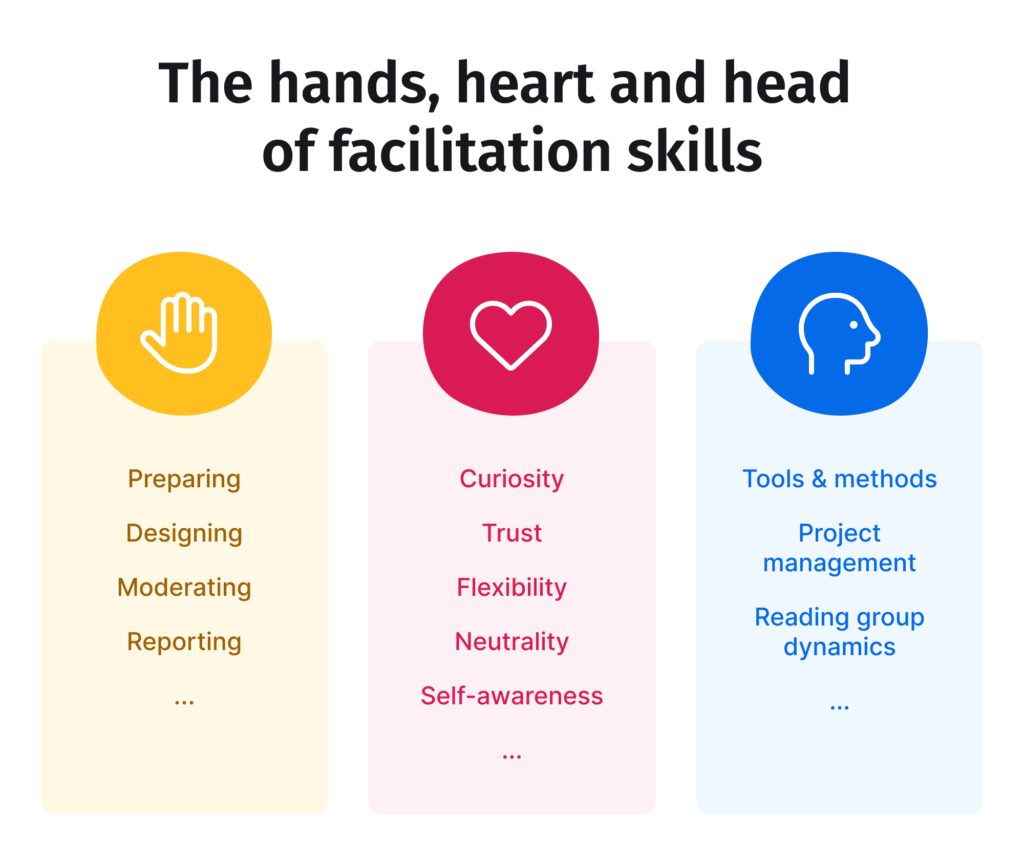
6 group facilitation techniques you’ll want to know
As you find more opportunities to facilitate meetings, you’ll soon discover a need to diversify your toolkit and make sure you have an idea for an activity always at hand.
In SessionLab’s extensive library of facilitation techniques, you will find all the inspiration you need to keep your sessions fresh.
Having said that, there are a few tried and tested group activities that are basic enough, and flexible enough, to warrant recommending them as a go-to essential toolkit for group facilitation.
The aforementioned 1-2-4-all is a versatile Liberating Structure (to learn more about Liberating Structures, read up here) applicable to any situation where you want to encourage group members to reflect and share. It simply means inviting people to jot down their answers to a question first individually, then discussing in pairs, then in a small group, and ultimately reporting back to the plenary.
Becoming better group members often has to do with practicing listening skills, and learning the ability to momentarily quiet the voice in our minds that is preparing to respond. Paired activities are a great way to stretch our listening muscles. I’ll often invite an active listening exercise early in a session, even on something as basic as “what are your expectations for today?”.
We’ve mentioned ground rules quite a lot in this post, but you may be wondering what is an effective way to co-create them. Here you go! The activity takes about 45 minutes and will get you a set of tailored group agreements for a team to adhere to.
If the group you are hosting is meeting in person, it’s good to remember to leverage the possibilities of using physical space as a facilitation asset. Sending participants on a paired walk functions as an energizer and, at the same time, a practical way to deepen conversations and handle difficult questions. Creative ideas are much more likely to be sparked during a walk than sitting down at a table!
When it comes to prioritizing options and starting to converge towards a decision, a solid way to work with a group is using some variation of dot-voting. At a recent workshop with academics, for example, I asked everyone to mark with a green dot those sections of the whitepaper under discussion that were ready to go, and in red those that needed revisions. In just a few minutes, the group produced a clear “heat map” of the necessary next steps.
There are many tricks a group facilitator can use to get time on their side. Quick rounds such as one-breath feedback, are a good idea if you need to reach a sense of closure but have very little time left!
You can find more activity ideas in SessionLab’s library; download our Essential Meeting Facilitation Toolkit to have these and other basic tools of group facilitation always at your fingertips.
How to learn more about group facilitation
With a bunch of methods at your disposal and some key tips to keep in mind, you should be more than ready to start practicing facilitation. You’ll be joining a growing number of facilitation enthusiasts!
Facilitation is practiced by a network of incredibly generous people, who often offer workshops, materials and resources for free. To look into more resources, including facilitation training courses and where they can take you, check out our blog post on how to learn facilitation.
Another essential resource to orient yourself in the world of group facilitation is the yearly State of Facilitation report, where you can read up on trends, challenges, and top 10 lists of books, podcasts and more, as voted by the worldwide facilitation community.
How SessionLab can help with group facilitation
SessionLab is the go-to platform for session design. We strongly believe in creating a culture of facilitation in workplaces and groups everywhere and, as such, have set out to provide anyone interested in facilitation with as many practical and applicable resources as possible.
Here are some of the ways SessionLab can help you with group facilitation:
Build a session in SessionLab’s planner. SessionLab’s agenda planner is an intuitive tool that enables great session design, made easy. Simply drag-and-drop different activities to create an agenda. By automatically calculating time, showing you lists of materials, and enabling you to color-code different sections, the planner simplifies your work and makes designing for engagement an intuitive process. Try it out!
Use ready-made templates. To start your first session, visit the Template collection and pick a ready-made agenda created by top professionals in facilitation and learning design. Duplicate a session, especially the ones marked #essential, to get started, or browse the collection for learning and inspiration.
Learn from SessionLab’s library. SessionLab hosts the world’s largest collection of facilitation activities. Get familiar with how to use it, and how to drop activities inside your new sessions, to make sure you never run out of ideas for things to do with your group!
Subscribe to our free courses and newsletter. The most-read newsletter in the facilitation space is delivered straight to your inbox once every two weeks, packed with resources and tips for your next sessions. We’ve also set up some email courses you can check out here to learn more about how facilitation works, and how to overcome its challenges.
Keep us posted about your journey in group facilitation by joining our vibrant, friendly community, where you’ll find free events and plenty of support to answer all your facilitation questions.
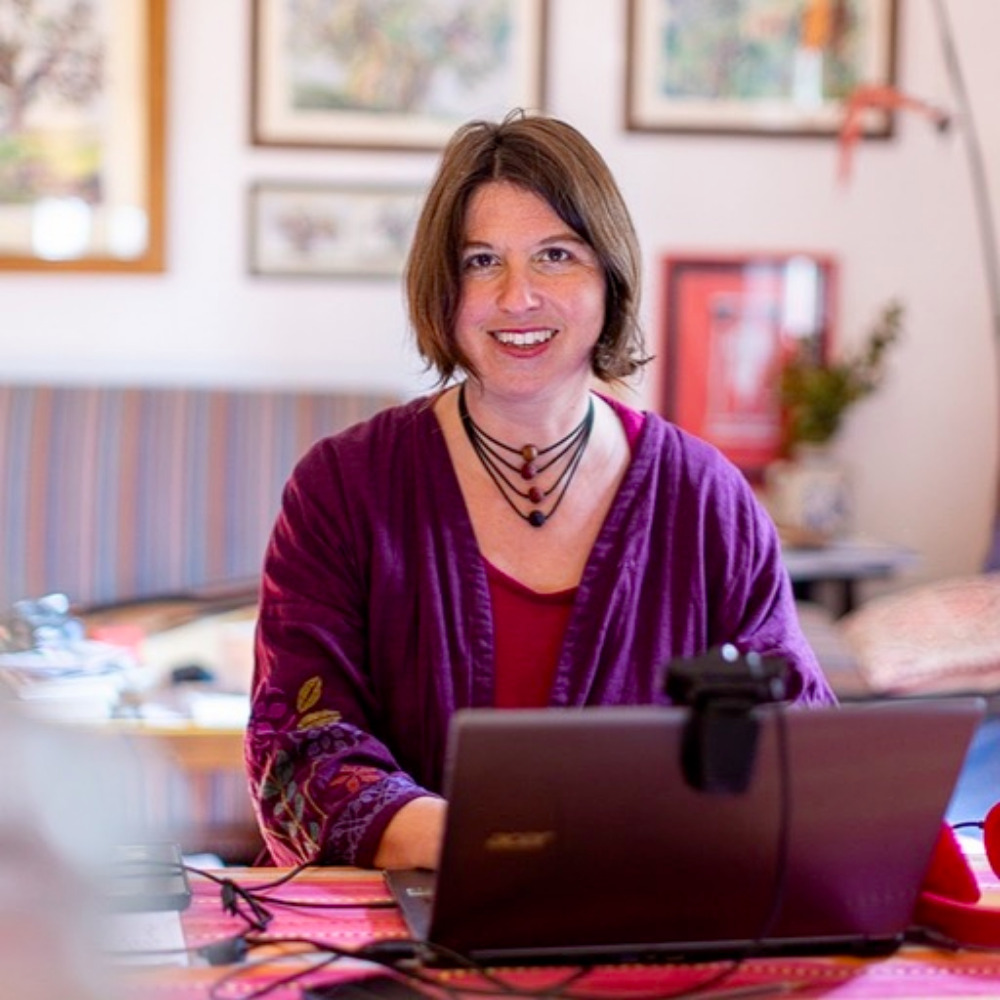
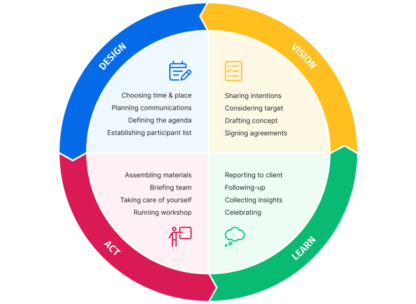

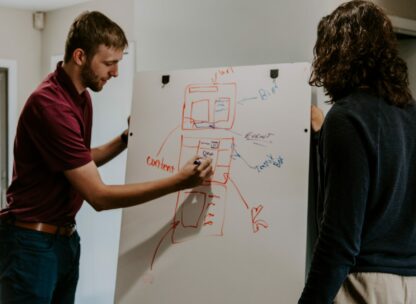
Leave a Comment